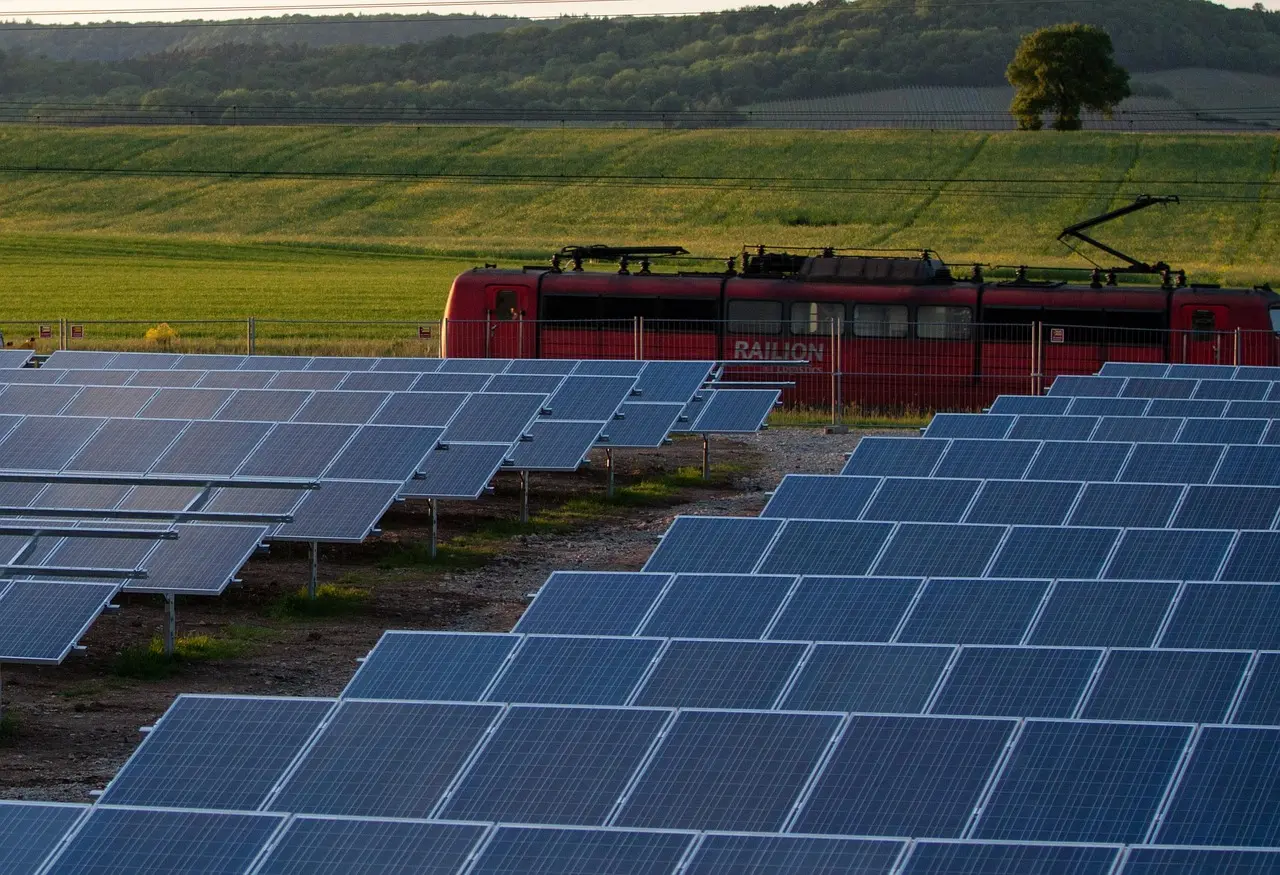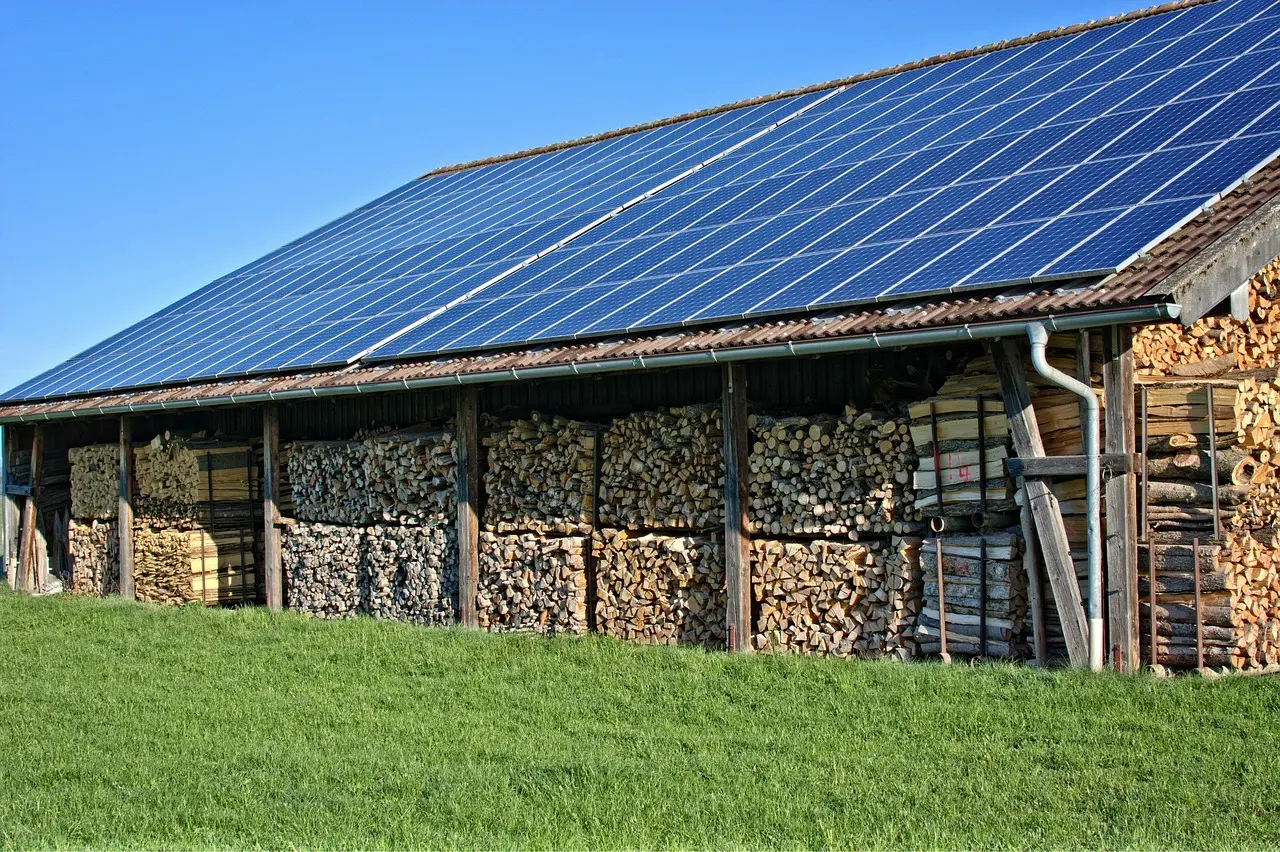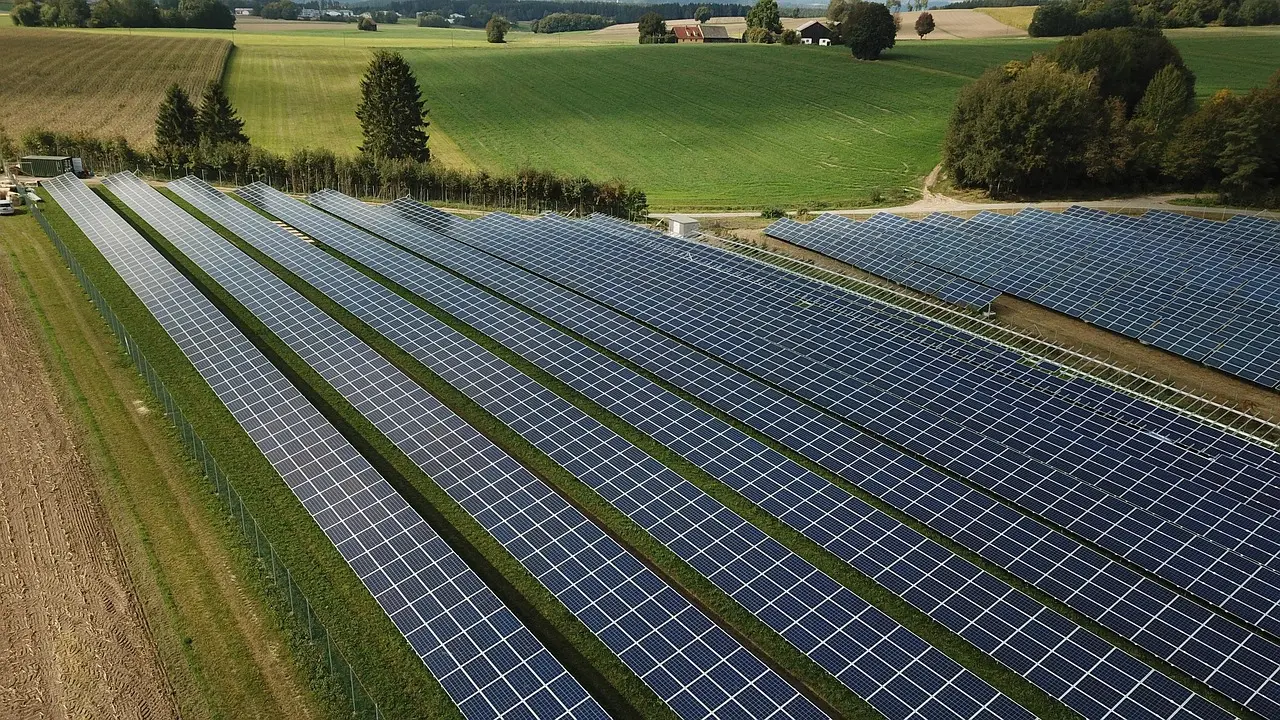In Australia, as energy prices continue to increase, households are increasingly looking for environmentally-friendly, reliable and cost-effective alternatives. Taking meaningful steps towards sustainability is also becoming more important. Solar energy is one of the best solutions for Australian home owners. It’s a renewable, clean power source that makes the most of Australia’s abundance of sunshine.
Australia has a unique position for success in solar energy. It has a climate that is ideal for solar energy generation, with high levels of sunlight and constant sunlight throughout the year. In recent years, solar panel systems have become affordable, flexible, and efficient. This has made them more accessible to a wider range of households. The government has also provided incentives such as rebates and feed-in tariffs to make the switch to solar more appealing for families all over the country.
In this article, we will explore the benefits of solar energy for Australian homeowners, from lower electricity bills to reduced environmental impact. We will also look closer at why solar is such a practical and smart choice for Australian homes and how to select the right system for you.

What is Solar Energy?
Solar energy is power that we receive directly from the Sun. This is because it is a sustainable and renewable energy source. It will never run out and is replenished naturally, unlike fossil fuels like coal or oil. It is a great alternative to fossil fuels, particularly in an age of increasing concern about environmental issues and depletion.
Solar energy has many benefits, including being eco-friendly and clean. Solar energy produces electricity without emitting carbon dioxide or any other pollutants. This is unlike fossil fuels, which cause air pollution, climate change and harmful emissions. It reduces our carbon footprint and helps to fight climate change.
Solar energy is used in a variety of everyday applications, from household appliances and lighting to electric cars and hot water systems. The most common method for households to capture solar energy is by installing solar panels on their roofs. These systems enable homes to generate electricity on their own, reducing dependence on the grid. They also reduce electricity bills. Solar energy is therefore not only an environmentally friendly option, but also a wise financial investment for most Australian families.
How Does Solar Energy Work?
Solar energy is generated by converting sunlight into electricity or heat. The most popular method is Photovoltaic Technology. This uses solar panels that are made of small solar cells. These cells are made of semiconductor materials such as silicon that react to sunlight and generate an electric current. The electricity generated can be used to power devices, lights and appliances immediately or stored as batteries.
Installing solar panels on rooftops and open land that receives a lot of sunlight is the most efficient. The solar cells create an electric field when sunlight hits their surface. This forces electrons to move. Direct current (DC), or electricity, is generated by this flow of electrons. Inverters convert DC electricity to alternating current (AC), the type of electricity used in homes and businesses.
Solar thermal systems can be used to heat water or air in addition to electricity production. These systems use the heat of the sun to warm air or water, which is then used for residential heating or industrial processes. Solar energy is a flexible and environmentally friendly way to meet your energy needs, whether it’s through photovoltaics.
How to Choose the Best Solar Panels?
The best solar panel type for your home is determined by several factors. Prices can differ significantly among different types of panels. Consider the roof’s size and orientation. If you have a small space, it may be better to use more efficient panels. Finally, determine your household’s power needs so that your system can provide enough energy. Understanding the differences between solar panels will help you make a more informed choice that best suits your lifestyle, financial goals, and home.

Different Types of Solar Panels
Understanding the various types of solar panels available in Australia is crucial to making the right choice when it comes time to install them on Australian homes. Solar panels are available in three main types, each with its benefits and limitations. The differences in efficiency, cost and suitability are based on the specific needs of your home, roof size and budget.
Monocrystalline Solar Panels
Monocrystalline solar panels are made of a single silicon crystal that is highly purified. They are the most efficient solar panels because of their structure. This means they produce the most electricity for each square meter. They are a great choice for houses with a small roof or those looking to maximise their energy output. However, this efficiency comes at a cost–monocrystalline panels tend to be more expensive upfront compared to other types. Their performance and durability often make them an attractive option for homeowners despite the initial cost.
Polycrystalline Solar Panels
The polycrystalline panels are made up of silicon crystals that have been melted together. They are less efficient, but they are cheaper and provide reliable energy. These panels are less efficient and may need a larger area of roof to produce the equivalent amount of electricity as monocrystalline panels. They are therefore suitable for homes that have a large roof area and a limited budget. Polycrystalline panels are a popular choice for homeowners who want a solution that is both cost-effective and high-performing.
Thin Film Solar Panels
The thin-film panels are different from the crystalline ones because they use very small layers of photovoltaic material such as amorphous silica or other compounds, like cadmium-telluride. The panels are flexible and lightweight, allowing them to be installed on surfaces such as curved walls or roofs, where conventional panels might not fit. Thin-film panels, however, are less efficient than crystalline panels and require a larger surface area to produce the same amount of electricity. They are a great option for homes or specialised applications with unique roof designs.
Benefits of Using Solar Energy in Australia
Solar energy is a great way for Australia, which is one of the sunniest countries on Earth, to make the most of its natural resources. Solar energy is used in a variety of ways throughout Australia, from powering homes and businesses to transforming transportation and agriculture. Take a look at the different ways solar energy is used in Australia.
1. Residential Use
Rooftop Solar Systems
Australians are embracing solar energy, especially through rooftop solar panels. Over three million Australian homes are now equipped with solar panel systems, allowing many families to generate their electricity. This reduces their dependency on the main grid. The adoption of solar panels is particularly strong in sun-drenched regions. This trend is boosted by government rebates and incentives, as well as the decreasing costs for installation. Solar energy is used to heat water in addition to electricity. Solar hot water systems that use sunlight directly to heat the water are an energy-efficient and popular alternative to electric or gas heaters.
The homeowner benefits not only from reduced energy bills but also from programs like feed-in tariffs that allow them to sell surplus solar energy to the grid. It is possible to save money over time and earn passive income. Solar-equipped homes can also see a rise in the value of their property and a decrease in environmental impact. Solar energy in Australia is becoming a popular choice due to its many advantages.
2. Commercial and Industrial Use
Solar farms on a large scale are crucial to Australia’s transition towards renewable energy. These facilities produce clean electricity that can power thousands of homes and businesses across Australia. Solar farms reduce Australia’s dependence on fossil fuels by feeding solar energy into the national grid. They also significantly cut greenhouse gas emissions. Solar farms are expanding as the demand for renewable power increases. This contributes to a stable and environmentally friendly energy supply.
Solar energy is being used by more and more commercial buildings, schools, community centres, and other facilities. Solar systems have been installed by many public institutions, local councils and other organisations to reduce electricity costs and show environmental leadership. These systems are not only a way to support sustainability but also to educate the community about clean energy. Solar energy is becoming more affordable for public and business buildings and businesses thanks to government grants and incentive programs.
3. Transport and Mobility
Solar energy plays a growing part in Australia’s transport sector, notably through the development and deployment of solar-powered charging stations for electric vehicles. These charging stations are located along highways and in major cities. They provide clean, renewable energy to electric vehicles, which reduces the carbon footprint of traditional fuel sources. These solar-powered charging stations are vital for a greener and sustainable transport network as the popularity of electric cars increases. Solar-powered vehicles are also improving through research and innovation, even though they’re still a relatively new technology. This innovation is helping to shape the future of clean transportation in Australia. It points towards a transport system powered entirely by renewable energy.
4. Agriculture and Rural Applications
Solar energy has become a vital part of Australian agriculture, especially in rural areas and those off-grid. Solar-powered irrigation and water pumps are being used by more farmers to cut down on fuel costs and reduce their dependence on diesel. These systems not only offer a more sustainable solution, but they also provide long-term financial advantages by reducing operating costs. Solar energy drives innovation in agriculture through smart technologies. Solar-powered drones and sensors, as well as automated equipment, are increasing efficiency, monitoring crop health and reducing overall environmental impact. Solar solutions are helping the agricultural industry move towards a future that is more cost-effective, productive and sustainable.

What are the environmental impacts of solar energy use in Australia?
Solar energy is a major contributor to Australia’s transition towards a more sustainable and cleaner energy future. Australia’s abundant sunshine, coupled with the growing energy demand that emits less pollution, makes it a prime candidate to benefit from solar energy.
Solar energy plays a crucial role in Australia’s transition to a cleaner, more sustainable future. Solar power is a great option for Australia, with its abundant sunshine and growing energy demand.
The reduction of greenhouse gas emissions is one of the biggest benefits. Solar power, unlike fossil fuels that emit carbon dioxide when they generate electricity, helps to prevent millions of tonnes of emissions every year, and supports national climate goals. Solar energy is a non-polluting and renewable source. It produces electricity without air pollution, acid rain or smog and contributes to improved air quality and public safety.
Another advantage is the reduced use of water. Solar photovoltaic power systems require very little or no water compared to traditional coal and natural gas power plants. This is particularly valuable in Australia’s drier regions. Solar farms are a good example of this. While they can cause concerns over land use and local ecosystems, the environmental impact is still much lower than fossil fuel extraction. Dual land use is also incorporated into many new projects to minimise disruption.
Conclusion
Solar power not only produces clean energy, but it also promotes long-term sustainability through reducing emissions, conserving energy and water, as well as promoting decentralised solutions. Solar technology is improving and increasing adoption in Australia. This will lead to a healthier future and more resilient energy.


